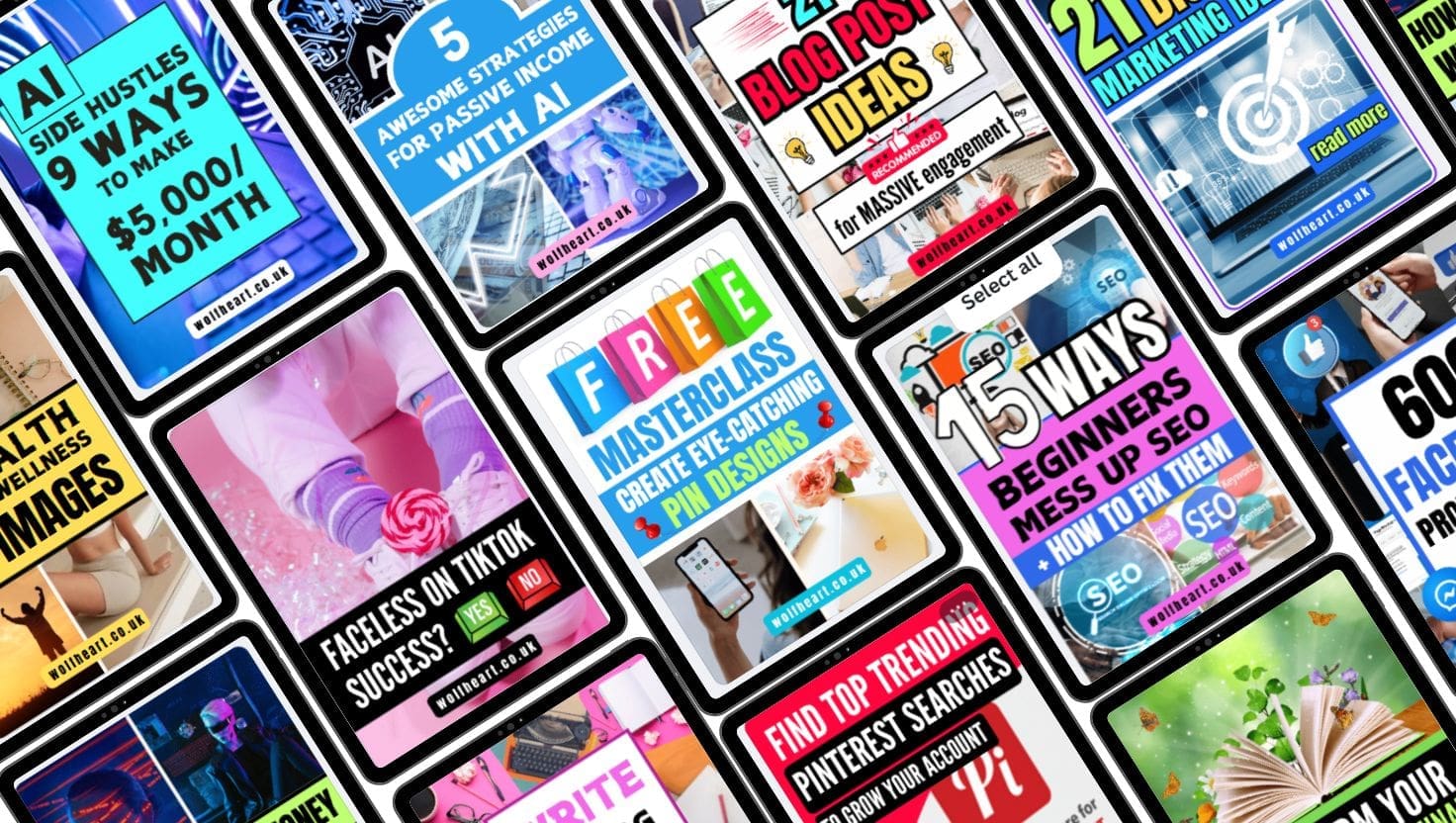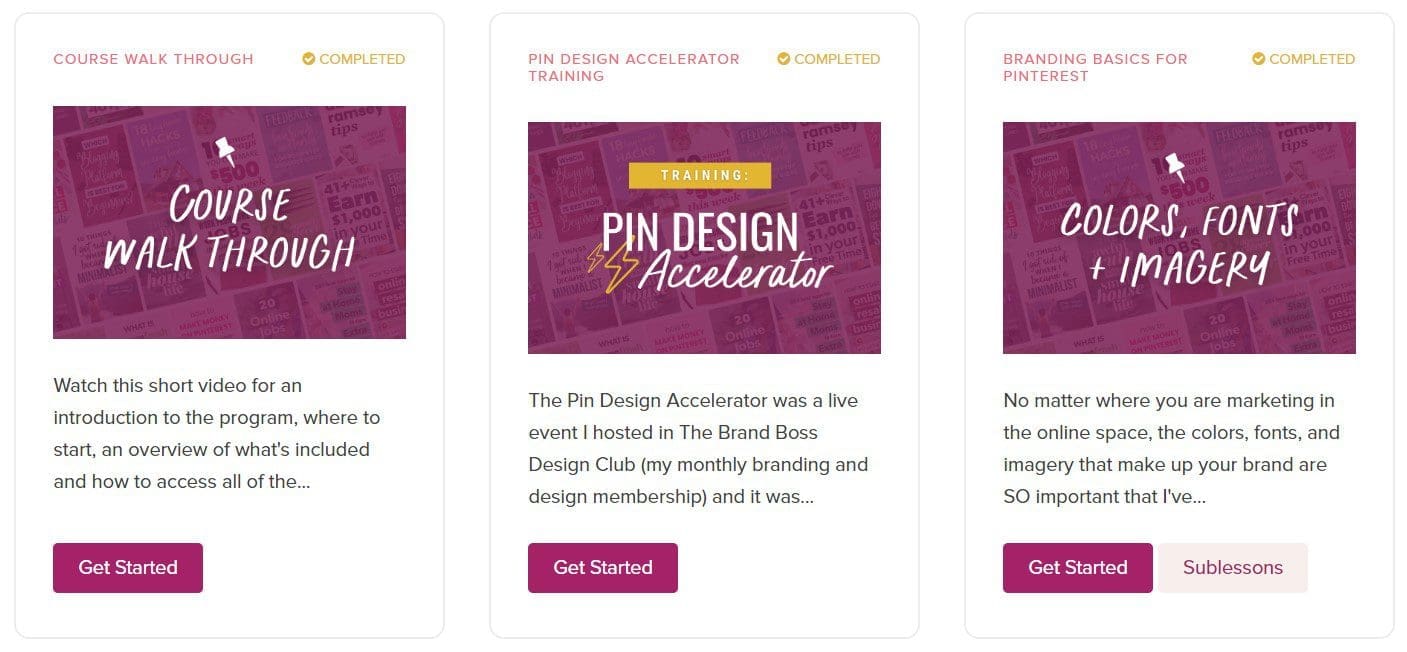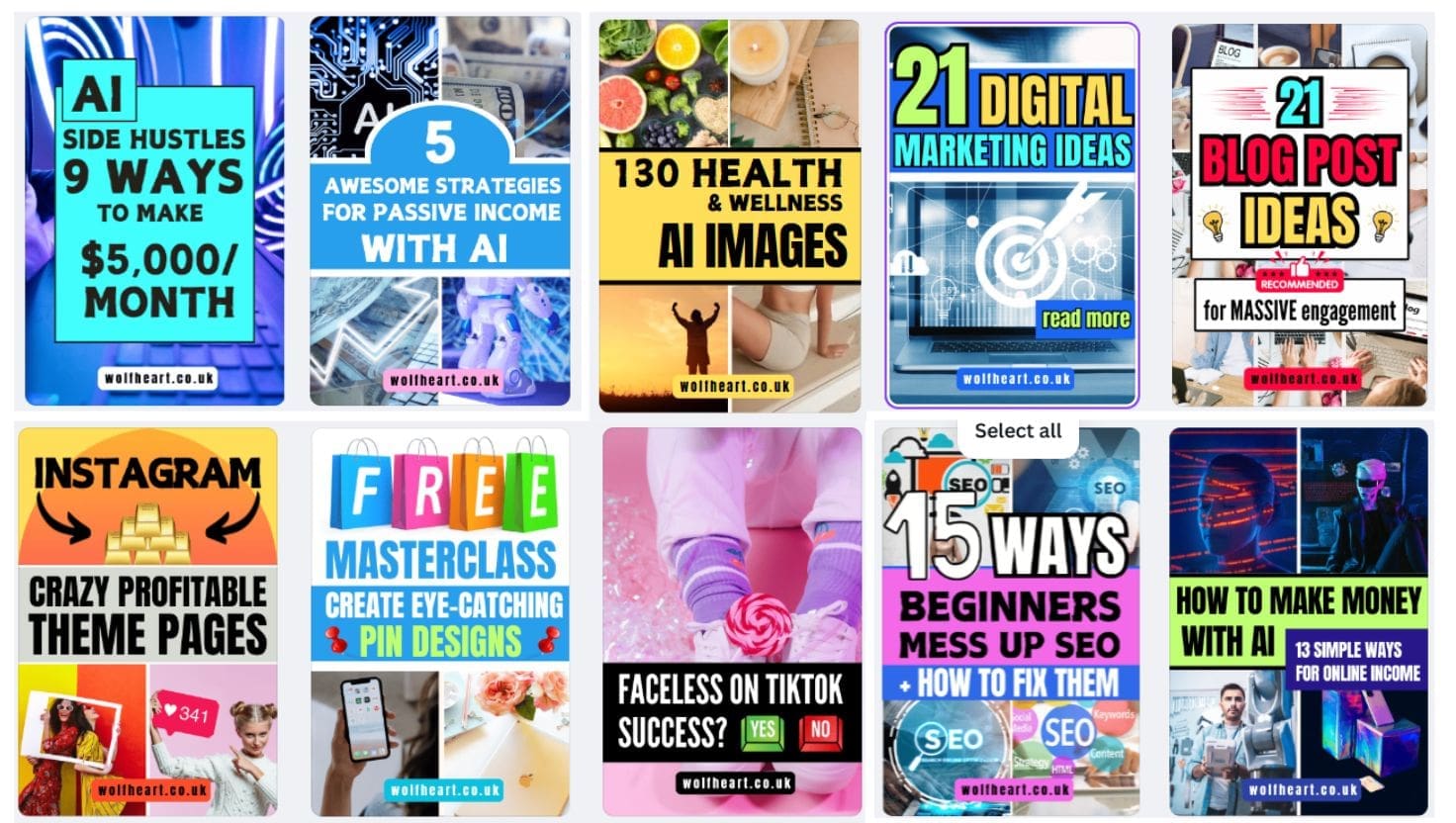
Focusing on Social Media Shares Will Help Your Business Growth
Social media shares are more important than vanity metrics. Likes and comments aren’t much of a factor in social media growth.
Whilst we all love the dopamine hit of someone giving our content a thumbs up or making a positive comment, you get a better ROI (return on investment) if you can get people to share your lovingly created post, video or reel.
Why Is It Important To Get People To Share Your Content?
There are multiple reasons for encouraging more shares, but here are the four most important factors in sharing social media content.
#1: Your Content Gets A Longer Lifespan
The more people who get eyes on your content, the better. When someone shares your content, their audience becomes your audience. If the sharer has a large following, whoop, you hit the jackpot.
On most social media platforms, your content disappears shortly after publishing, from minutes to hours, depending on the platform. Sharing helps keep your content active for longer, maybe for several days or weeks.
#2: Sharing Increases Your Reach
Social media shares help your content to get in front of a new audience, potentially your ideal customers. Ordinarily, you wouldn’t have access to this audience, or it could take months or years to reach them.
Depending on your content strategy, sharing can lead to increased followers, email subscribers, or buyers.
#3: The Algorithms Boost Your Content
Most social media algorithms aren’t spectacularly affected by vanity metrics such as likes. The algorithms react to early engagement when people favourite, share or comment.
Social media platforms like Instagram and TikTok roll out your content to a small test audience. If it gets low engagement, the algorithms stop showing your content, and it bombs.
If you’re stuck in the 200 club on TikTok, try creating more relatable content.
When someone shares your content, it signals to the algorithms that it’s good quality, engaging and might attract more viewers. After all, that’s what social media platforms want.
Subsequently, the algorithms will push your content to a broader audience.
#4: Sharing Builds Brand Credibility and Authority
When building your brand, sharing helps to increase your authority and credibility within your niche.
Whether we like it or not, we humans are influenced by popularity. We want to follow and engage with those brands that stand out and others like them.
How to Encourage Shares
Although it might seem baffling to find a way to get the lurking, silent followers to engage, they can share without getting noticed.
Here are four of the best ways to encourage social media content sharing.
Create Relatable Content
One of the most challenging aspects of marketing is to put yourself in your audience’s place. Even if you’ve experienced the same challenges, creating relatable content is tricky.
Try to dig deep into creating content likely to resonate with people on an emotional level.
Many people constantly share huge income claims on social media (FTC disapprove of this practice), thinking it will persuade people to buy from them.
In some cases, yes, people get sucked into believing they can have the same results. Though, for most of us, it feels like a punch in the gut if you haven’t yet had any financial success.
It’s not relatable.
If you’re earning £2k/month and someone shares their £20k/month success, it’s challenging to imagine 10X your income. It’s also content that is unlikely to get shares.
Share your challenges and the things you’ve overcome. Think about what matters to your target audience. What worries them? Maybe it keeps them awake in the early hours. What would help them and move them enough to want to share your content?
Encourage Engagement
Online communities have hundreds of thousands of people who remain silent, never engage and lurk frustratingly in the background.
Yes, it’s annoying when you cannot get your audience to talk to you, but remember this saying: “The true meaning of communication is the response you get.” It’s a neuro-linguistic programming presupposition.
People love to do things when asked. Fundamentally, we are compliant morons because we crave the feeling of importance. When we’ve done something (we consider) helpful, we like to tell people about it.
Ask your loyal followers to share your content if they found it entertaining, helpful or inspiring. Add a caption like “Share with someone who needs to hear this today.”
Make It Easy for People to Share
Check that your content is available to the public to share. Usually, there’s a share button that people click on and share with their followers in seconds.
Provide Value
All the social media gurus bang on about creating value, but it’s not always easy to know what content represents value. We know that social media shares are the most crucial element to growing your business, so we must put ourselves in our audiences shoes.
As a blog writer, I focus on writing content that Google loves. Typically, that’s educational, entertaining (make them laugh), meaningful in-depth, a listicle (5 types of blog content Google loves), trending or anything that evokes a response.
It’s challenging to cut through the white noise of colourless content on social media if you create the same content as everyone else.
Don’t be afraid to stand out. Share an opinion, even if that goes against the masses. Nobody became successful from being vanilla.
Conclusion
Views and likes have little value for social media growth. It only makes us feel good temporarily.
When you start creating content, please take a moment to think about whether it’s shareable. The more shares you get, the more followers (your ideal tribe) will enjoy and share your content.
To truly become a content creator, avoid publishing content for the sake of it so that you can tick it off the weekly list. It is better to post less but publish more meaningful content that has a better chance of getting shared.













